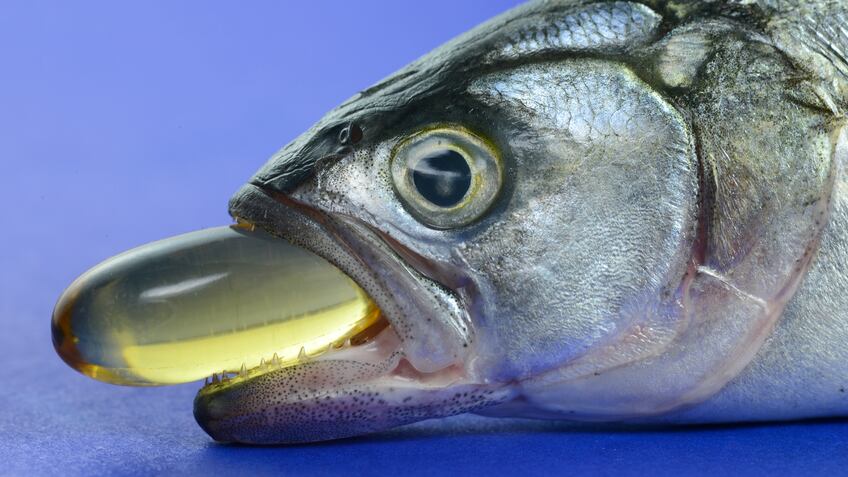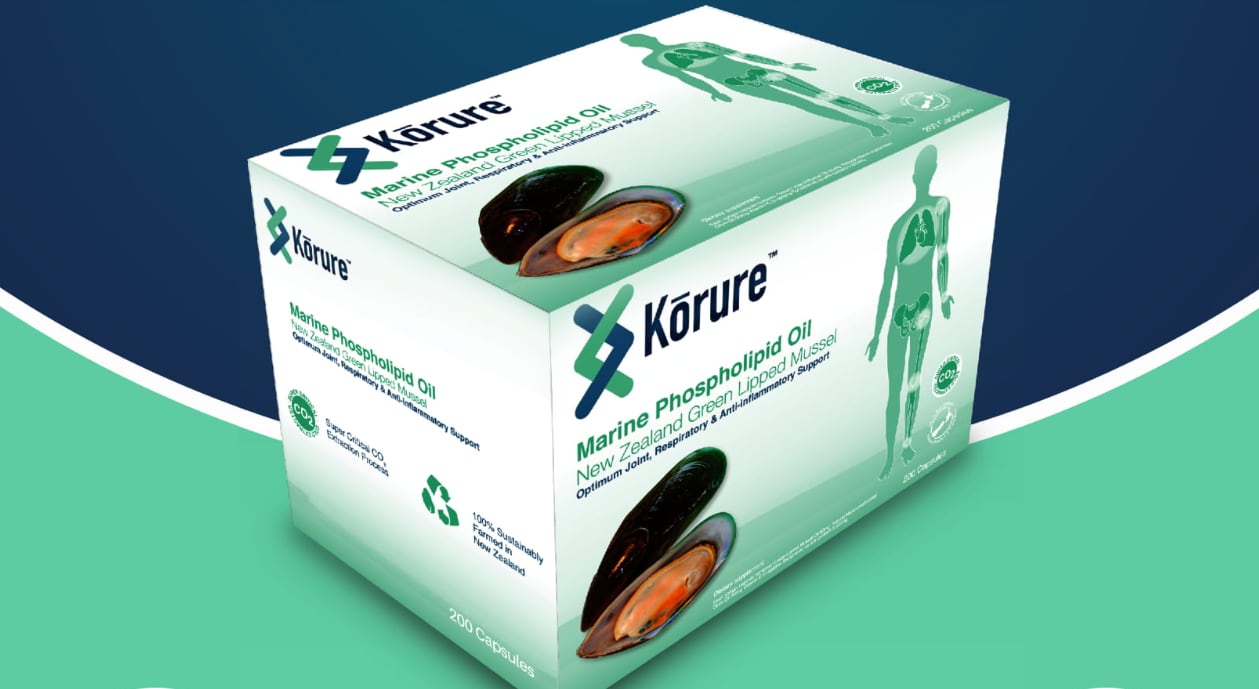
NutraIngredients, in conjunction with GOED, will be holding APAC's first ever omega-3 event in Singapore in February 2019, featuring renowned speakers from CSIRO, A*STAR, Koure, GOED and more.
Previous studies have reported on fish oil as a potential supplement to ameliorate the severity of certain skin disorders, including allergies, dermatitis, photo-ageing, cutaneous wounds, and melanogenesis.
This has led to to growing interest in its potential impact on skin protection and homeostasis, particularly with regards to eicosapentaenoic acid (EPA) and docosahexaenoic acid (DHA), though alpha-linoleic acid (ALA) has also been found to have beneficial effects on the skin.
Currently, it is understood that the main mechanisms of the aforementioned polyunsaturated fatty acids (PUFAs) in suppressing cutaneous inflammation are their anti-inflammatory properties, which inhibit inflammatory arachidonic acid and pro-inflammatory eicosanoid production.
Fish oil PUFAs are also known to be regulators that affect the synthesis and activity of cytokines to encourage wound-healing.
The skinny on fatty acids
A systemic review led by Taiwan's Chang Gung Memorial Hospital was conducted to report on the link between fish oil supplementation and skin health benefits, detailing the different cosmetic and therapeutic uses of fatty acids from fish oil — specifically ALA, LA (linoleic acid), EPA and DHA.
The review stated that in one of the studies, a 214% increase in epidermal thickness caused by UVB exposure was reduced by topical EPA by 72%.
In the same study, EPA also restored the skin's pro-collagen level to 46% of the control group's, and lowered skin inflammation caused by UVB exposure.
Regarding ALA and LA in another reviewed study, the researchers wrote: "The effect of orally and topically applied oils enriched with LA and ALA on UV-induced damage was compared in hairless mice. Both LA and ALA lowered the erythema score compared to the basal cream after topical administration.
"On the other hand, dietary ALA demonstrated greater erythema inhibition than LA by the oral route. The results indicated that both omega-6 and omega-3 PUFAs could play a role in the constraint of UVB-elicited lesions."
They added that both oral and topical application of fish oil PUFAs could help prevent or treat skin ageing.
PUFAs were also found to be useful against dermatitis. One of the studies included in the review reported a 30% increase in cutaneous hydration after fish oil consumption for 60 days, an observation that persisted at 90 days in an animal model of acetone-induced dry skin.
Additionally, scratching induced by the itchiness prevalent in dermatitis was eliminated following supplementation, which also resulted in an increased uptake of EPA and DHA into the skin.
PUFAs were also shown to play an important role in facilitating the healing of cutaneous wounds. A good example is SMOFlipid, a lipid emulsion mixture used in patenteral nutrition.
SMOFlipid consists of four lipid resources: soybean oil, medium-chain triglycerides, olive oil and fish oil. One of the studies reviewed reported that the emulsion accelerated the healing process in rats, reducing the surface area of the wound by 20% to 25% by the third day of treatment.
Furthermore, the treatment group saw a higher level of interleukin-10 (IL-10, an anti-inflammatory cytokine)) and collagen fibre organisation after merely 48 hours of treatment.
DHA was also found to have completely healed the rats' wounds by the 15th day of treatment, compared to just 70% healing in the control group. DHA treatment also led to the healing being accompanied by the activation of GPR120, a receptor for DHA with anti-inflammatory activity.
A human study found that daily EPA and DHA intake led to markedly greater expression of interleukin 1 beta (IL-1β, an inflammatory response mediator) in the fluid within small blisters on the forearm, to which the wound-healing was attributed.
A cell-based study reported that ALA and LA attenuated kin hyperpigmentation caused by melanogenesis — the generation and distribution of melanin — with their skin-lightening properties, induced by the inhibition of tyrosinase, an enzyme present that catalyses the production of melanin and other pigments through oxidation.
In a human study, participants with UVB-induced hyperpigmentation experienced a whitening effect from LA, which was delivered via oral intake of LA capsules (liposomal encapsulation was employed to protect LA from oxidation).
Tricky business
Despite the numerous positive results from the application of fish oil and omega-3 PUFAs on skin conditions, conflicting reports have said fish oil, being a crude extract containing complex ingredients, is difficult to control.
The myriad sources of fish genus make quality control even more challenging, as the specific fish type and PUFA percentage in fish oil are crucial factors when it comes to skin health benefits.
In addition to PUFAs, other components such as vitamins A and D, retinol and selenium affect the bioactivity of fish oil, and there have been reports of gastrointestinal disturbance from dietary fish oil.
The researchers concluded: "Caution should be used in optimising the benefits of fish oil or omega-3 fatty acids to ensure a balance between damage or toxicity and effectiveness.
"Although many fish oil products and PUFAs are developed for testing in cell- and animal-based studies, clinical trials for skin application are still limited. This may be because of the high cost of clinical trials and some unknown side effects that should be identified and explored first.
"Further clinical studies are encouraged for future application of improved therapy."
Source: Marine Drugs
https://doi.org/10.3390/md16080256
"Cosmetic and Therapeutic Applications of Fish Oil’s Fatty Acids on the Skin"
Authors: Tse-Hung Huang, et al.



